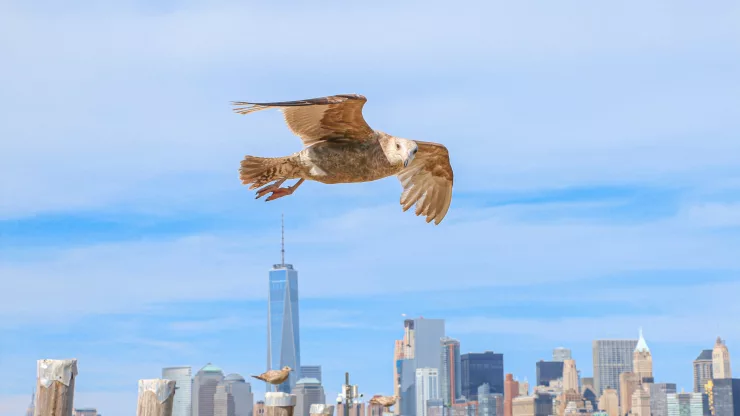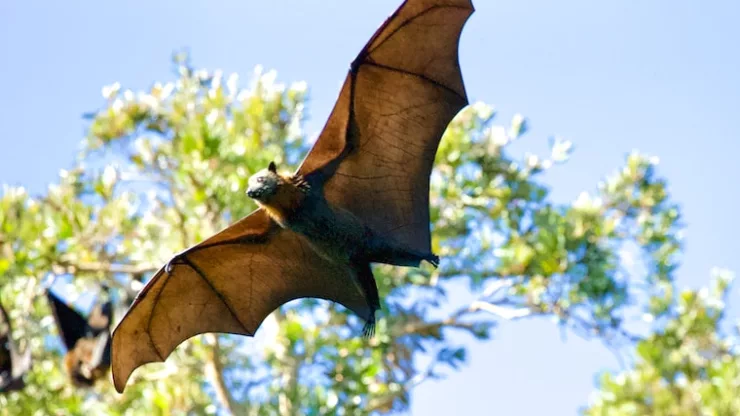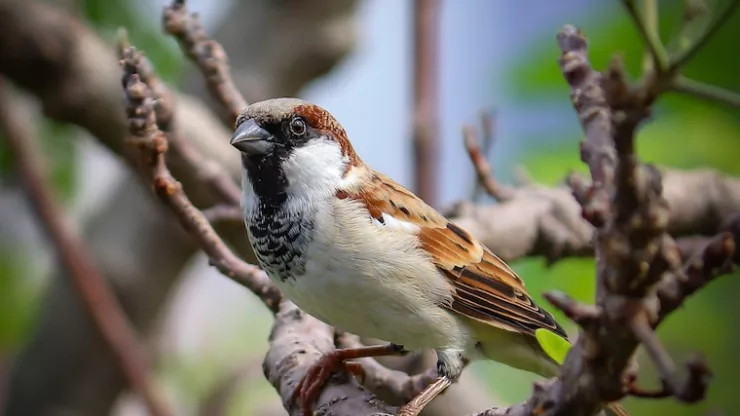Crows are a common sight in urban areas, scavenging for food in trash cans and on sidewalks. But what exactly are they eating?
This article will delve into the world of Crow Cuisine, exploring what these feathered friends consume, how urbanization has affected their diet, and the potential benefits and risks of consuming Crow meat.
Jump to Section
Introduction
What is Crow Cuisine?
Crow Cuisine refers to the diet of crows, which can vary depending on their habitat and the availability of food sources.
In urban areas, crows have adapted to feed on human-generated waste, while in rural areas they primarily consume insects, small mammals, and carrion.
Why is it important to learn about Crow Cuisine?
Understanding the diet of crows can provide insight into the impact of urbanization on wildlife and the environment.
Additionally, as with any potential food source, it is important to consider the nutritional value and potential risks of consuming Crow meat.
Brief history of Crow Cuisine
Crows have been consumed as a food source in various cultures throughout history, including in parts of Asia and Europe.
In the United States, the practice of eating Crow meat is not common, but has been documented in some rural communities.
The Diet of Crows
What do Crows eat?
Crows are omnivores and will eat a variety of foods, including:
- Insects
- Small mammals
- Carrion
- Seeds
- Fruits
- Human-generated waste (in urban areas)
How do Crows find their food?
Crows have excellent eyesight and are able to spot potential food sources from great distances.
They are also known to use tools, such as sticks and twigs, to extract insects from crevices or to crack open nuts and seeds.
Nutritional value of Crow diet
Crows are able to thrive on a diverse diet, and their meat has been described as tasting similar to chicken.
However, little research has been conducted on the nutritional value of Crow meat.
Urbanization and Crow Cuisine
How has urbanization affected Crow Cuisine?
Urbanization has led to an increase in the availability of human-generated waste, which has become a significant food source for urban crows.
This shift in diet has allowed crows to thrive in urban areas where natural food sources may be limited.
Examples of urban Crows’ diets
In urban areas, crows have been observed consuming:
- Fast food
- French fries
- Pizza
- Donuts
- Garbage
Comparison of urban and rural Crows’ diets
While urban crows rely heavily on human-generated waste, rural crows primarily consume insects, small mammals, and carrion.
This difference in diet may have implications for the health and nutritional status of these birds.
Crow Cuisine and Human Health
Potential benefits of eating Crows
Crows are a lean source of protein and may be a potential food source in areas where other sources of protein are scarce.
Risks of consuming Crow meat
Crows may be exposed to environmental contaminants, such as pesticides and heavy metals, which could accumulate in their tissues.
Additionally, consuming Crow meat may pose a risk of disease transmission, as crows are known to carry avian influenza and West Nile virus.
Ethical considerations of Crow consumption
The consumption of Crow meat raises ethical concerns, as these birds are intelligent and social animals. Additionally, the practice of hunting or killing crows for food may be illegal in some areas.
Crow Cuisine in the Media
Portrayal of Crow Cuisine in popular culture
Crows as a food source have been depicted in various forms of media, including literature and film. In some cases, Crow meat is portrayed as a delicacy.
Controversies surrounding Crow Cuisine in the media
The portrayal of Crow meat as a delicacy has sparked controversy and criticism from some animal rights activists, who argue that the consumption of crows is unethical.
Implications and Future Research
Findings and future implications of Crow Cuisine research
Research on Crow Cuisine has implications for understanding the impact of urbanization on wildlife and the environment, as well as the potential risks and benefits of consuming Crow meat.
Future research could explore the nutritional value of Crow meat and the potential for disease transmission.
Final thoughts on Crow Cuisine
While Crow Cuisine may not be a common food source in many areas, understanding the diet and adaptations of these birds can provide insight into the complex relationship between humans and wildlife in urban environments.
FAQ
What is Crow Cuisine?
Crow Cuisine refers to the diet of crows, which can vary depending on their habitat and the availability of food sources.
What do crows eat?
Crows are omnivores and will eat a variety of foods, including insects, small mammals, carrion, seeds, fruits, and human-generated waste in urban areas.
Is Crow meat safe to eat?
Consuming Crow meat may pose a risk of disease transmission, and crows may be exposed to environmental contaminants.
Is it legal to hunt or kill crows for food?
The practice of hunting or killing crows for food may be illegal in some areas.
What are the potential benefits of eating Crows?
Crows are a lean source of protein and may be a potential food source in areas where other sources of protein are scarce.
What are the ethical considerations of consuming Crow meat?
The consumption of Crow meat raises ethical concerns, as these birds are intelligent and social animals.
I’m a nature enthusiast and creator of Metro Wilds and have spent years exploring the great outdoors.
With a passion for environmental conservation and sustainability, I have dedicated my career to writing about the beauty and wonders of nature, as well as the threats facing our planet.
Contact me at [email protected] for assistance.





